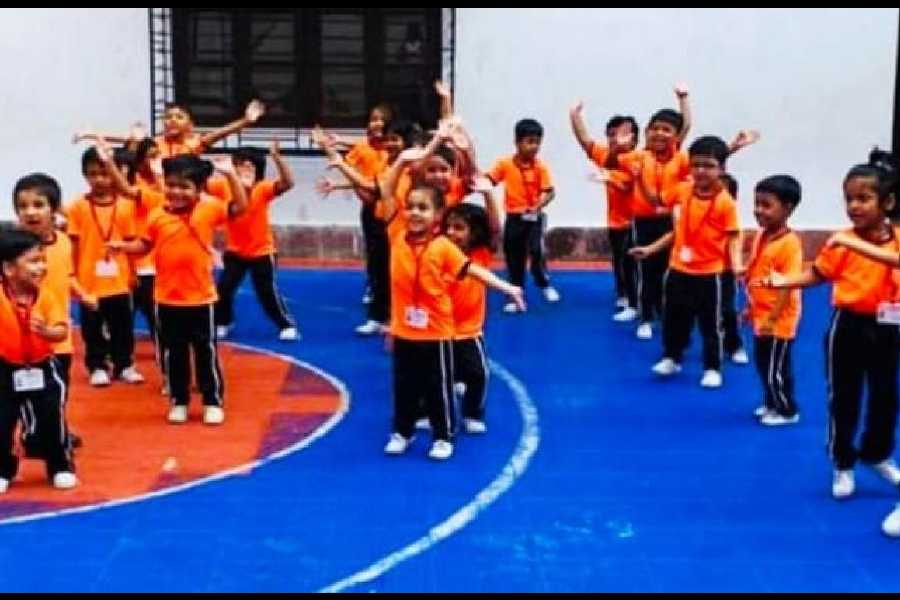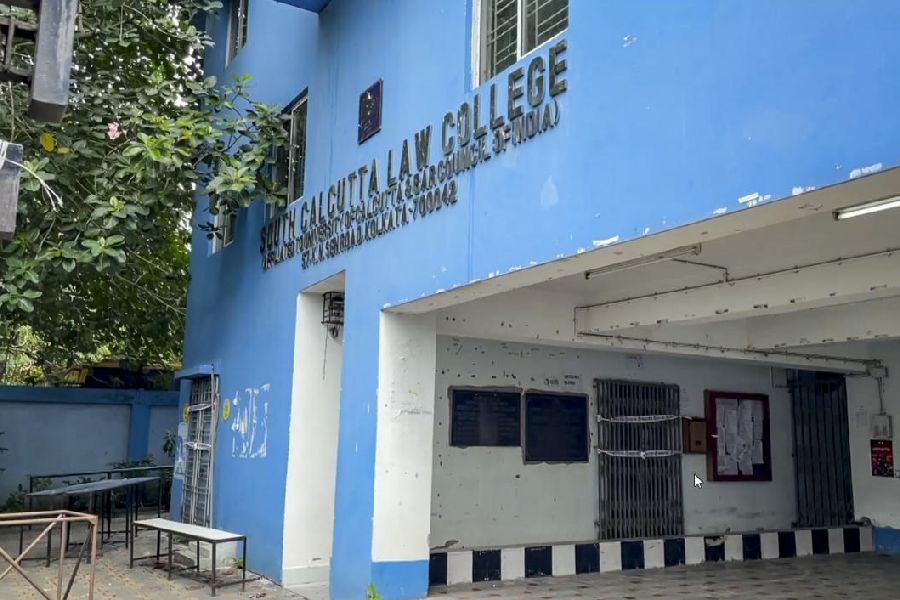|
|
| The ?other India? |
Few, if any, have remarked on the sad irony by which the committee appointed to work out the modalities of imposing a 27 per cent quota for members of other backward classes in admissions to institutions of higher learning is called an ?oversight? committee. The contradictory implications of supervision and neglect seem here to go together, as they traditionally have in the politics of social justice in India, where the protection of one group?s interests may involve the denial of another?s claims. Indeed, it is arguable that justice cannot be furthered except at the cost of some forms of injustice, and this excuse for salutary ?oversights? might have constituted the government?s own defence of its quota policy. Unfortunately, the debate has left these well-meaning arguments far behind. At present, faced with the appalling spectacle of double appeasement, promising large-scale increases in the numbers of seats so as to maintain status quo for the general category while reserving more than half of the total, the observer from within the academy can feel nothing but anxiety, disillusionment and alarm.
This alarm is owing to the cynicism evident in the political management of the debate, deflecting attention from central questions of social good and choosing instead to alternate threats and promises to the agitating parties. The striking doctors are penalized, the striking students are cajoled, and the rationale of reservation is reduced to a bargaining game where a fiction of endless seat-increases is used to undercut any serious discussion about education. It is quite clear to any person who has the slightest contact with higher education that our present institutions are short of space, short of facilities, and short of staff. Many colleges and universities (including mine) could not provide seats to all its students if they came to class; fortunately a certain percentage is habitually absent.
Whatever the government says today, it is very unlikely that the situation will have improved so materially by the next academic session that much larger numbers of students can be admitted. Indeed, no provision has been made this year for more seats in colleges in West Bengal despite the fact that around 30,000 more students have passed the state?s own higher secondary examination.
True, the prestigious Centrally-funded institutions which come under the direct purview of the proposed legislation are somewhat better off, but they are certainly short of faculty. Even so, it would have been best in the long term to create more such institutions, reducing the insane premium placed on admission to them. Instead, there are initiatives towards upgrading and absorbing into the Centrally-funded system the better of the existing state colleges and universities, a measure which is likely to weaken the state-run educational structure and leave it more a prey to private enterprise. In any case, despite the fact that the states are as yet free to adopt their own reservation rules, the fact of legislated Central practice will naturally prove a compelling minimal model. There is talk of forcing private institutions to adopt the Central quota provisions, but it is not clear whether such directives can succeed legally, and even if they do, whether reserved seats in expensive private universities and technical or medical colleges will not simply lie vacant.
No one has sought the opinions of teachers and educational administrators. This is a debate signally confined to politicians, the media and a section of the student body, with some support from medical college doctors. The government is clearly in no mood to seek advice. The pro-reservationists, angry at what they see as an upper-caste conspiracy to frustrate the course of social justice, are pressing for immediate implementation of the new quotas. The left has suggested an income clause, and while its leaders take expensive holidays abroad, has directed abuse towards ?affluent? student agitators. As many have pointed out, the really affluent students, perhaps the children of those very same politicians, are already abroad: it is to India?s large, economically unequal and struggling middle class that the prospect of diminished or devalued educational opportunities in the public system is a threat. It is within that middle class ? which includes large numbers of those who have most to gain from reservation ? that the quota debate is being conducted, and it may be useful to set it in context.
Higher education in India today is faced with an unprecedented crisis, one that has nothing to do with reservation. The entry of private investors into the university market is already a fact. No one can seriously doubt that payment seats, or seats against capitation fees (that is, quotas for the rich) in medical and engineering colleges constitute a far worse form of reservation than quotas for socially backward classes. The future promises a rapid extension of the payment seat principle, with the growth of opulent private or foreign university campuses in India, charging very high fees to all their students. Such institutions are distinct from private colleges under the state university system, partly controlled by its regulations in respect of student admissions and fees. As yet, private universities in India (unlike those in our neighbour Bangladesh) are no serious threat to the best state and Central institutions, including the IITs and IIMs, which still have the best faculty, the highest standards and the most rigorously tested students. Despite appalling failures in some states, the publicly-funded system of higher education in India has achieved remarkable successes, of which it can justifiably be proud. The best of our state and Central universities offer, at subsidized rates, an education comparable with the best in the world. They have achieved these standards against the odds, through years of scarcity, low pay-scales and fund shortages. Suddenly, in today?s globalized market, they find that what they are offering is a politically negotiable commodity.
Perhaps this was inevitable, given that an engineering or medical degree was already a commodity in a society where the best educational opportunities were scarce and desperately coveted for the social and economic profit they could bring. Competition for these places involved the ruthless deployment of every tool of advantage, including money, in a bitter war of attrition that has taken its toll on students? physical and mental health, taxed their parents? ability to afford expensive coaching, and produced an extraordinary psychological disequilibrium in society, evident every year when high school results are announced. This was never a healthy situation, and it has quite invidiously stamped with the label of privilege the best our publicly-funded education system had to offer. It is precisely because the competition is so intense that the demand for further reservation in these very institutions has so much invested in it, and why it seems so far removed from the reality of the lives of the hidden majority on whose behalf the demand is made.
Indisputably, the grossest failures of public education in India are at the primary and secondary levels, and they are compounded by the failure to provide basic health-care, literacy and economic security. As a result, quotas at the top will always seem like a belated, inadequate and uneven compensation for appalling lapses at the bottom. While it is true that IIT students, for instance, come from very varied, often very modest, backgrounds, there is no doubt that children from the poorest, most deprived and most educationally backward sections of our desperately unequal society could not compete for entry here. For most Indians, IITs, IIMs and AIIMS might as well not exist. Reserving more seats in higher education, especially at the postgraduate level and in specialized disciplines like medicine and engineering, will not help those who dropped out along the way and never came close to availing of the opportunities offered by quotas. In such a situation, the benefits of reservation will go largely to those who have already emerged from the shadow of economic and social deprivation.
In the short term, though, the most persuasive argument for reservation is that members of historically deprived classes still lack visibility and influence in society, that they continue to constitute the ?other India? which does not share in its image of progress. Politically, the long-term project of social engineering understandably carries less weight than an argument of redressing injustice and offering instruments of power to a historically oppressed majority. And given the scale and historical consequences of this oppression ? poverty, social humiliation, denial of minimum personal rights as of education ? any thoughtful person might justifiably be filled with a corrosive rage, and might want either to sweep away the structure of public institutions which have not sufficiently redressed these injustices, or to modify their structure drastically.
Nevertheless, it is worth reckoning exactly what we are doing. If over half the student body in the best public institutions has met lower qualifying norms, it will be quite impossible ? and unjust ? to maintain the same examination standards as previously. If student numbers increase by over half without a proportionate increase in faculty and infrastructure, the same quality of teaching cannot be offered. Research too will suffer, and the best faculty will not be attracted. What may result is a picture familiar from the experience of many state universities: huge student numbers, inadequate facilities, ineffective teaching, and general apathy to the system. In this situation, the only beneficiaries will be the expensive private universities, which will gradually recruit the best from the state system, and flourish at its expense. Just this, we should remind ourselves, has happened with school education. Fifty years from now the distinction now attached to an IIT degree may become a distant memory, and it will not be worth fighting over a reserved seat.
What do we want from higher education? Despite current cynicism, it is not a commodity, not an ornament, not a social tool. Most of India?s universities, sadly, are simply places where young people are killing time before they can be absorbed into the workforce. Most jobs do not require a university degree, and to set a high premium on acquiring one is a ploy of desperation in a society which cannot afford to declare too many young people officially unemployed. When we fail to recognize this, we are likely to treat institutions of higher learning as merely instrumental. We are lucky that our best institutions are still in the public system, charging moderate fees and admitting all those who qualify by public examination. It would be better for us if there were more of them, but it would not, in the long run, be better for us if they were less demanding, more overburdened and more instrumentally directed towards degree-giving. If, in the interests of social engineering, we change their character radically, we are all going to lose.











